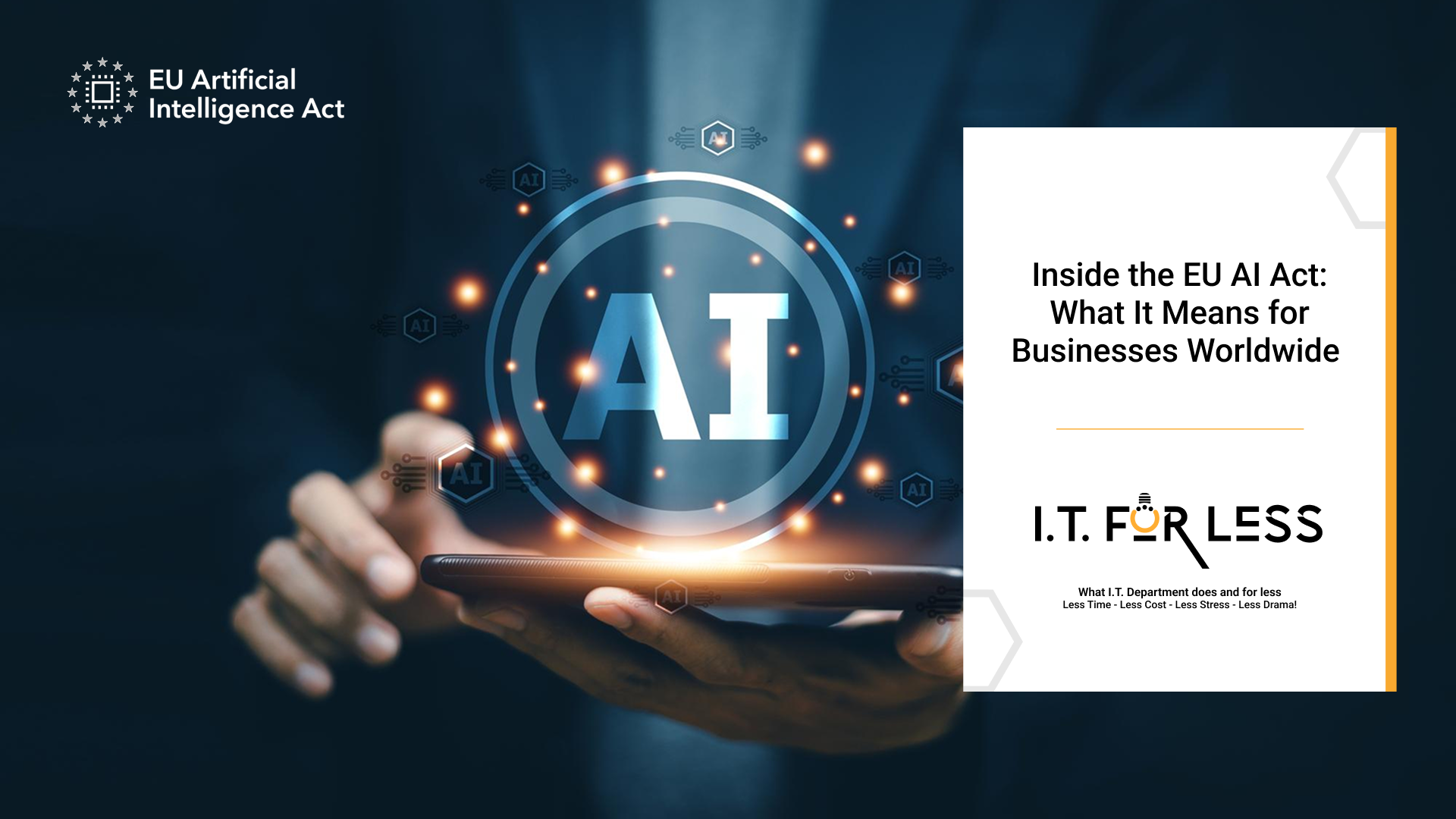Inside the EU AI Act: What It Means for Businesses Worldwide is a topic of great significance as the European Union’s AI Act is the world’s first comprehensive regulation for artificial intelligence — and its impact extends far beyond Europe. Designed to ensure safe, transparent, and accountable use of AI, the Act introduces new compliance obligations that affect how companies design, deploy, and monitor AI systems. For global businesses, understanding these rules is critical to maintaining market access and customer trust.
What the EU AI Act Covers
The Act classifies AI systems into four categories — unacceptable risk, high risk, limited risk, and minimal risk — each with specific obligations. High-risk systems, such as those used in hiring, healthcare, or critical infrastructure, face the most stringent requirements. Organizations must ensure data quality, transparency, human oversight, and continuous monitoring to prevent bias or harm. These factors are critical parts of understanding what Inside the EU AI Act means for businesses worldwide.
Even lower-risk AI systems are not exempt. Companies must provide clear disclosures when users interact with AI, such as chatbots or recommendation engines. The regulation also bans certain AI uses entirely — including social scoring and real-time biometric surveillance — to protect human rights and privacy.
Why It Matters Beyond the EU
Although it’s an EU law, the Act’s influence reaches globally. Any organization offering AI-driven services or products in the European market must comply, regardless of where it operates. As seen with GDPR, the EU’s AI framework is expected to set a global benchmark for responsible AI development. Many countries, including the U.S., Canada, and Japan, are already aligning their strategies around similar principles of transparency, fairness, and accountability. Consequently, understanding Inside the EU AI Act becomes essential for global businesses.
How Businesses Can Prepare
Preparing for the AI Act begins with a full inventory of where AI is used across your organization — from analytics to automation. Each system should be assessed for risk level and compliance readiness. Establishing strong governance structures, data management protocols, and human oversight processes is key to meeting the Act’s standards, particularly in light of Inside the EU AI Act: What it means for businesses worldwide.
Ongoing monitoring is equally essential. As AI systems evolve, performance audits, documentation updates, and model retraining help ensure continuous compliance. Companies that start early can turn regulatory alignment into a strategic advantage, strengthening trust with both regulators and customers.
The Bottom Line
The EU AI Act signals a global shift toward accountability and transparency in AI. For businesses, it’s both a challenge and an opportunity — to innovate responsibly, manage risk, and lead with trust in the age of intelligent automation, as outlined by the measures Inside the EU AI Act.
Move Forward with Confidence
Partner with I.T. For Less today and take the first step toward building a compliant, future-ready AI strategy that keeps your IT flowing as effortlessly as your ambition — secure, transparent, and built for what’s next. For guidance concerning Inside the EU AI Act and its global implications, consult today.
